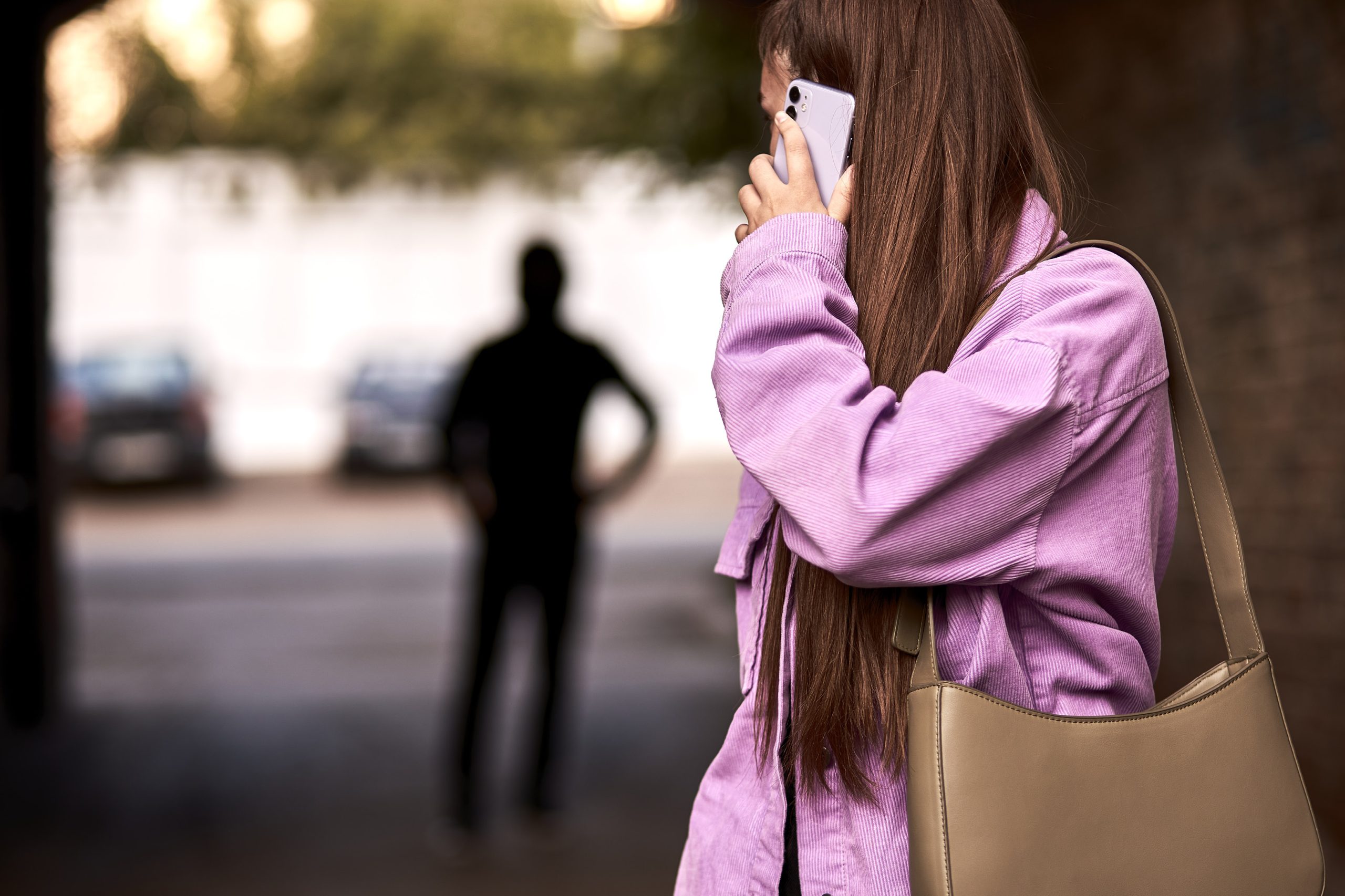While manning a booth at a recent summer camp expo, I noticed a phenomenon that has been worrying me in recent years. Parents with their children stopped to get information, and many of the kids, mostly girls in grade school and middle school, fearfully clung to them, afraid to talk with my wife, camp director Maddie or me. There was ‘stranger danger’ written all over them, despite their parent’s presence. I’ve noticed this same behavior with kids in elevators who are too afraid to even make eye contact. And it does not seem healthy to me.
Parent’s deepest fear is that their child will be kidnapped and harmed. After working with kids and families for more than 30 years, I truly understand the depth of love parents hold for their children. But our culture’s obsession with stranger danger is both unwarranted and harmful. Let me explain.
Every generation comes with new things for parents to worry about, including abductions, cyberbullying, online predators, STIs, teen pregnancy, school shootings, social media, the war on drugs and vaping. One of the fear responses to 9-11, when people were cut off from loved ones, was the need to be in continuous contact with our children. From this, kids developed a belief that they need a phone to feel safe and that they must have constant connection with family and friends. Parents accepted the mantra extolled from the 24-7 news cycle following child abductions that they should never let their children out of their sights. Thus, we hover, supervise and keep our kids tethered.
But here’s the truth: Far more kids are seriously injured and killed by family members than by strangers. The majority of missing kids are runaways fleeing from abuse. There are on average around 150 to 350 kids abducted by a non-family member in the U.S. each year. With about 65 million kids in the country, that accounts for 0.001%. Data clearly shows that the world is not more dangerous than in past decades. Due to the hyperbole of the 24-7 news cycle, our perception of danger has increased, not the actual level of risk.
I do not want you to live in fear nor parent out of fear. And I also don’t want you to transmit your fears onto your children. You can educate kids without causing them to believe that the world is a scary and dangerous place. If your child asks you a question about abductions, always first reflect it back to ascertain what they are actually asking and what information they really need.
Next year, I’d love to see kids come up to our booth, make eye contact, ask questions about our camp and make a connection with us. I want them to believe that the vast majority of adults are safe, kind and helpful. Mr. Rogers responded to tragedies in the news by remembering what his mom had told him: “When I was a boy and I would see scary things in the news, my mother would say to me, ‘Look for the helpers. You will always find people who are helping.’ To this day, especially in times of disaster, I remember my mother’s words, and I am always comforted by realizing that there are still so many helpers—so many caring people in this world.” I’d prefer that all of our children adopt this attitude instead of worrying that the world is a scary and dangerous place.
Tim Jordan, M.D., is a behavioral pediatrician who works with girls in grade school through college. Check out his new online course, Parenting girls: The challenges girls face today with their feelings and friends and what they need, at drtimjordan.com.








